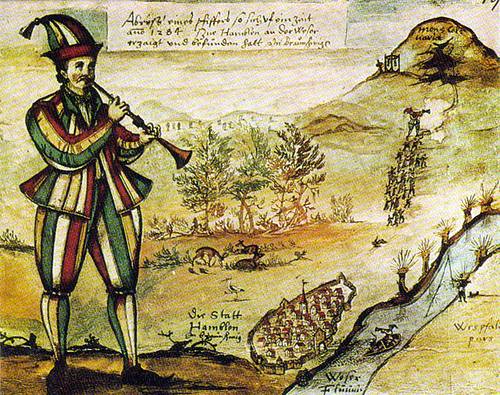On June 23, 1626, a fishmonger in Cambridge, England, gutted a large cod and found a book inside. Wrapped in sailcloth, it turned out to be a discourse on the sacraments written by Protestant priest John Frith. Before being burned at the stake in 1533, Frith had been detained in an Oxford fish cellar.
A Mr. Mead, fellow of Christ’s College, Cambridge, wrote, “I saw all with mine own eyes, the fish, the maw, the piece of sailcloth, the book … only I saw not the opening of the fish, which not many did, being upon the fish-woman’s stall in the market, who first cut off his head, to which the maw was hanging, and seeming much stuffed with somewhat, it was searched, and all found as aforesaid.”
If that sounds, well, fishy, Mead says, “He that had his nose as near as I yester morning, would have been persuaded there was no imposture here.”
Impressed, Cambridge reprinted the volume as Vox Piscis — “The Voice of the Fish.”



